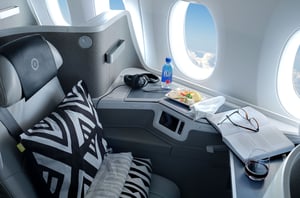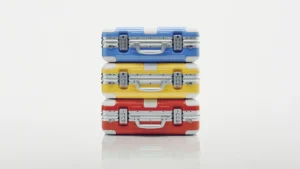In the years since the pandemic, Vietnam and its major southern epicentre Ho Chi Minh City (formerly Saigon) have become hotspots for Aussies keen to stamp their passports and experience an altogether different pace of life. All of Vietnam is worth visiting, however, the focus of this guide will be Ho Chi Minh City.
I spent a little more than a year living there, and I feel I can offer something of an expat’s perspective on Vietnam’s largest municipality.
Let’s get into it.
RELATED: An Insider’s Travel Guide To 96 Hours In Hong Kong
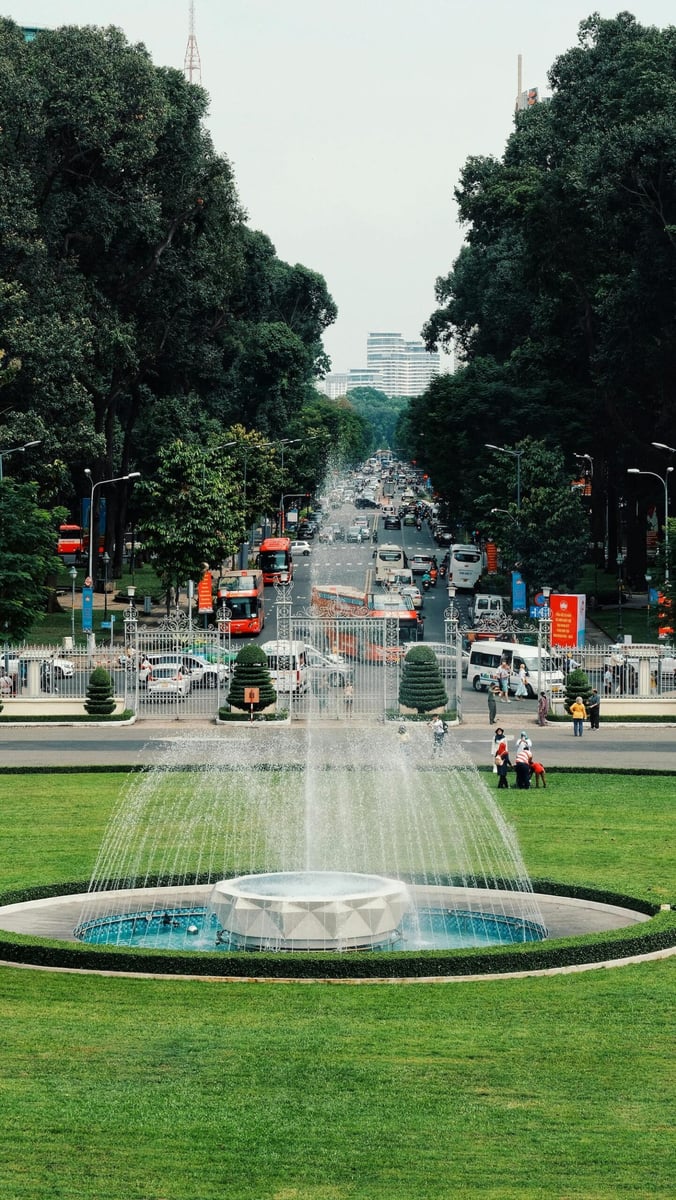
Jump To:
Basics
Best Time To Go
Much of Ho Chi Minh City can be enjoyed year-round, however, if you’re keen to avoid the worst of the rainy season, book your trip for between November and April and you should miss most of the proverbial deluge.
As far as what to expect temperature and humidity-wise, on average December is the coldest month (~27°C), while the warmest month is April (~30°C), and the humidity average peaks around 85% in September, dropping to about 70% in February.
In summary, the weather is Ground Hog Day-level consistent, so the best you can hope for is to arrive when it isn’t raining and pack for a warm and humid climate. If you’re travelling outside of Ho Chi Minh City, the temperature can drop in the mountains (i.e. in places like Da Lat), however, you’re highly unlikely to ever find yourself in need of a jumper.
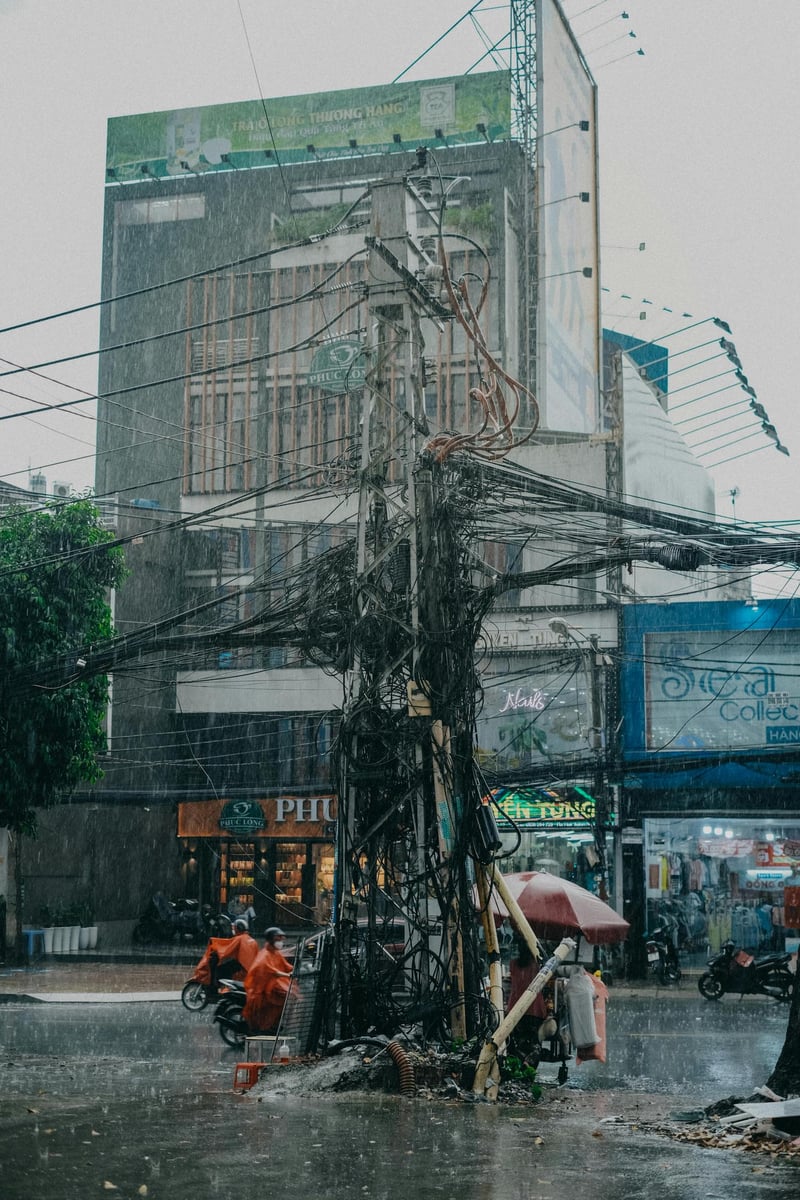
Budget
Obviously, you can spend plenty of money living it up in Ho Chi Minh City for a few days, but you can also experience almost everything that’s on offer relatively cheaply. On average over the last few years, $1 (AUD) converts to around 16,000 Vietnamese Dong (VND), so as a loose calculation, it’s worth keeping in mind a conversion rate of around $60 to 1,000,000 VND.
If you’re eating in Western restaurants, 1 million VND ($60) per head including drinks isn’t too hard to spend over dinner (wine is comparatively expensive due to import tax). However, if you’re eating Bourdain-style, a roll of bánh mì costs between 20,000 to 50,000 VND ($1.20 to $3); while dinner ranges between 100,000 to 300,000 VND ($6 to $18).
As far as accommodation, if you budget between $50 and $150 per night for a hotel room, you’ll have the majority of the city’s establishments covered. Taxis and Grab cars (the Southeast Asian equivalent of Uber) are the best way to get around the city and the longest ride you’re likely to get is from the airport to the city centre, which should cost you around $12 to $15. Make sure you download the Grab app before you arrive, as navigating the airport can be a bit of a hurdle, and you’ll no doubt be tired from the flight.

Visas
As a tourist, you can apply for an e-visa for Vietnam before you depart Australia. Unfortunately, there are a few scam websites offering visas to Vietnam, so make sure you navigate from the Vietnamese Embassy link above (even if it doesn’t look legit) to avoid any issues when you land.
Stay
There are a handful of luxury hotels in Ho Chi Minh City that come with a proportional price tag, but there are also literally countless other more affordable options.
Of the best hotels in Ho Chi Minh City, I would personally recommend Hôtel des Arts Saigon, Rex Hotel Saigon, and the Caravelle Saigon — all of which are centrally located in District 1. Another two worth considering are The Reverie Saigon and Vinpearl Landmark 81, the latter of which is the tallest building in Vietnam at 461m and one of the most photographed sights in the city.

Other hotels that friends and family have stayed at include the Intercontinental Saigon, the Silverland Mây Hotel, and La Vela Saigon Hotel, the latter of which has one of the most incredible infinity pools you’re likely to see in the region.
Airbnbs: As you’d expect, there are also countless accommodation options on Airbnb too. I don’t need to offer any advice about how to use Airbnb, simply go about booking one as you would in any other city around the world, considering its location, amenities, and size.
Do
Sightseeing
There is plenty of sightseeing to be done in Ho Chi Minh City and thanks to much of it being relatively centrally located, you should be able to get the bulk of attractions ticked off in 72 hours.
My favourite place to visit after having taken half a dozen friends on tours of the city is the Independence Palace, which is a wonderfully preserved mid-century masterwork and the site of several important historic events.


Not far from the Independence Palace is where you’ll also find the Saigon Central Post Office and the Notre-Dame Cathedral Basilica of Saigon, both originally constructed by French colonialists in the late 1800s and popular attractions today.
Once you’ve had a look at the cathedral and post office, you can catch your breath and enjoy an iced coffee on Book Street (Nhà Sách Phương Nam), which is beautifully shaded and only 100m from the post office.
If you’re keen on learning more about modern Vietnam and Ho Chi Minh City, the War Remnants Museum isn’t exactly uplifting, but it does offer important insights into the country’s wartime history.


Out of Town
If you’re keen to get out of the big smoke for a day, visiting the tunnels of Củ Chi makes for a fascinating few hours and provides yet another insight into the everyday realities of the Vietnam War.
The tunnels were used as protection and lines of supply and communication by the Viet Cong, and today the Vietnamese government has preserved more than 120km of these structures; with two different sites for visitors to experience what life underground must have been like during the war.
RELATED: Anan Saigon Review: Ho Chi Minh City’s First Michelin Star Restaurant
A military history lesson isn’t everyone’s idea of an ideal tropical holiday, however, so for those keen to enjoy the warm weather with a cocktail in one hand and a book in the other, the beach resort town of Mui Ne has your name on it.
In addition to being a popular destination for windsurfers and kite boarders, there are several great hotels (the Sailing Club is a personal favourite) and even more excellent restaurants. It’s about a three-hour drive from Ho Chi Minh City — so it’s worth going for a couple of nights — and I’d recommend booking a private car that can ferry you there and back for ~$200.
Shop
The growth of Ho Chi Minh City over the last decade has been meteoric, meaning visitors are able to shop at globally renowned luxury destinations like Gucci, Patek Philippe, or Leica; as well as the more local spots you might expect.
For a local market that has evolved into a tourist destination, Bến Thành Market in District 1 is a fun haunt where you can browse and sharpen your bargaining skills, as well as pick up gifts for folks back home.

Thảo Điền in District 2 is unofficially known as the expat suburb of Ho Chi Minh City, which means you’ll find plenty of great shopping boutiques and an abundance of good bars and restaurants for when you’re in need of a refuel.
A couple of great places to check out are Saigon Concept and the arcade that Snap Cafe is located inside.
Eat
Restaurants
Ho Chi Minh City is a wildly diverse place with influences from all around the world, meaning the best restaurant in the city — according to the good folks at Michelin — serves up Vietnamese cuisine prepared using French fine dining techniques.
I’ve dined at Ănăn Saigon half a dozen or so times (read the full review right here) and have kept coming back because of the quality and presentation of the food, which is juxtaposed by the slightly hectic setting and location of the venue.
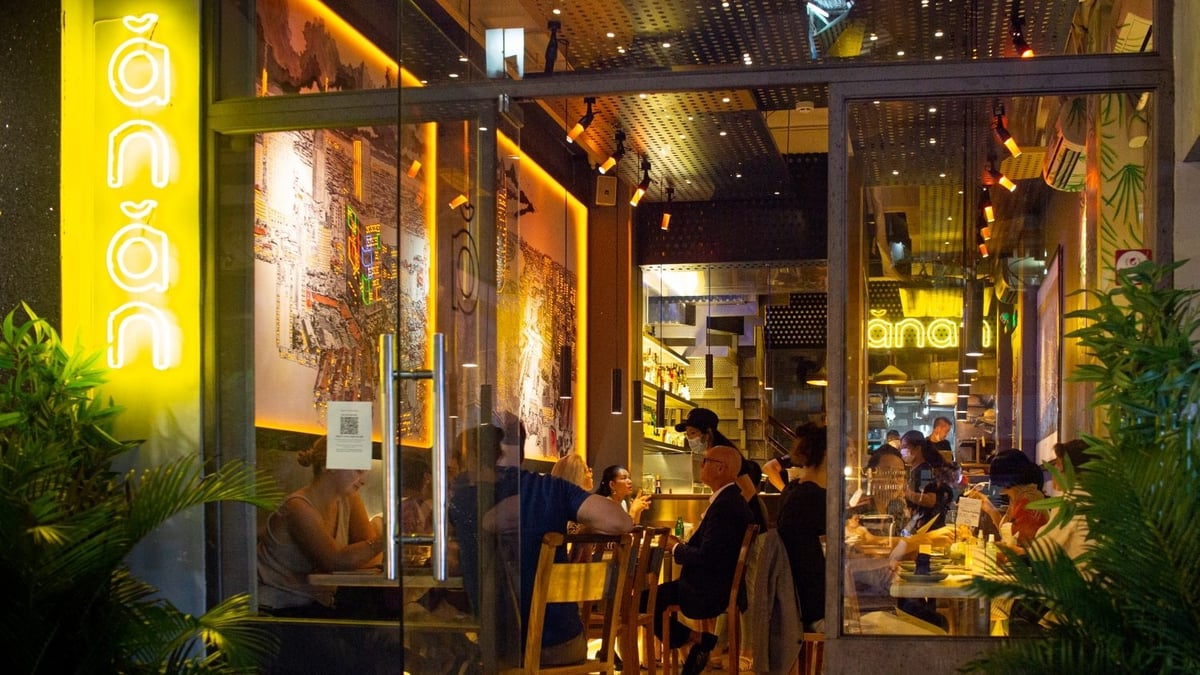
If you’re hunting for more traditional Vietnamese meals, you can expect to be satisfied at Cuc Gach Quan (District 1), Phở Chào (Bình Thạnh), or Hum, Garden & Restaurant (Thảo Điền). Other excellent restaurants include Octo (Spanish), Quince Eatery (Mediterranean), and Okra Foodbar (European).
RELATED: Join An Epic 14-Day Anthony Bourdain Food Tour Of Vietnam
Street Food
If all you want is to taste some proper, authentic Vietnamese street food, Ho Chi Minh City is a great place to do it. Đ. Trần Quang Long Street in the Bình Thạnh area is a good place to try as there are plenty of sit-down restaurants you may revert to nearby.
Other, larger markets that are also well worth visiting include the Bến Nghé Street Food Market, Vĩnh Khánh Street (Seafood Street), and the Ho Thi Ky Flower and Food Street.
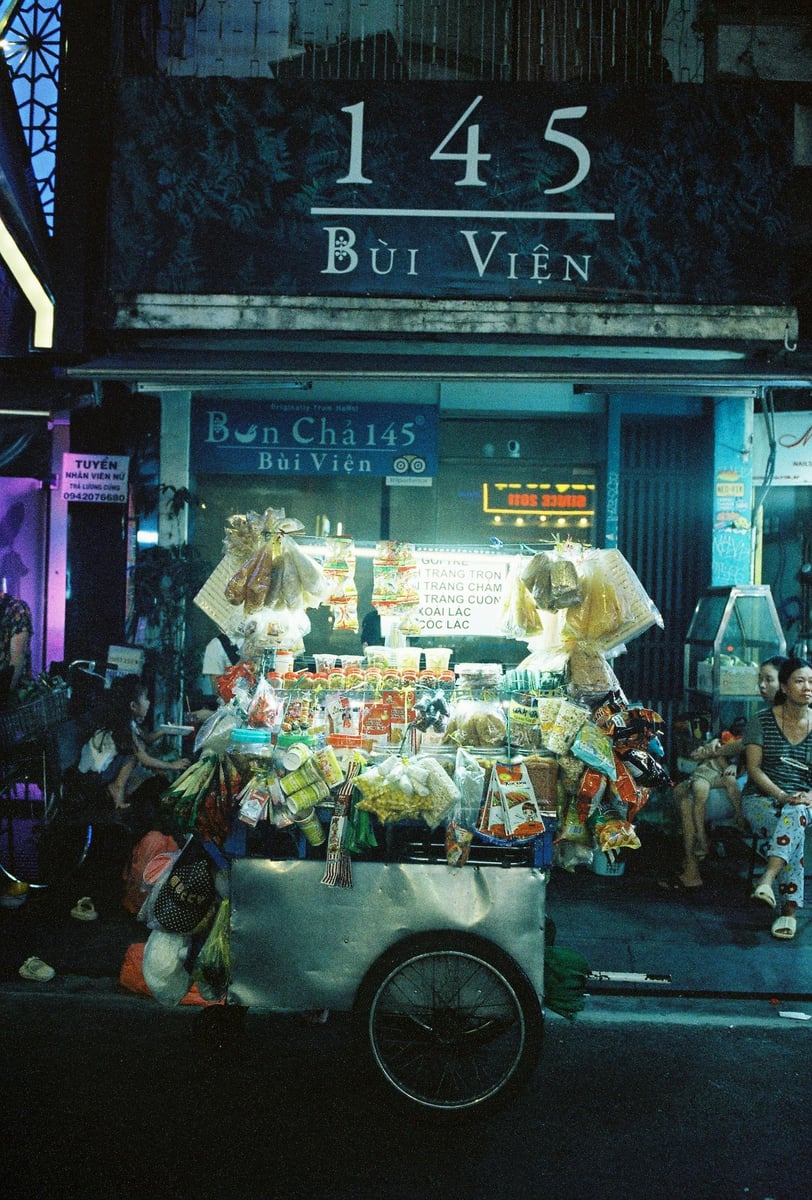
Food Tours
One of the best ways I’ve enjoyed a good range of Vietnamese food in Ho Chi Minh City is on a food tour. I’ve done a few different ones over the past year (each with a different friend keen to taste what the city has to offer) and you can pick a walking tour or a scooter tour; each lasting between three to five hours with up to 10 different food stalls.
XO Tours is a women-run tour company that takes you on a journey around Ho Chi Minh City on the back of a scooter (yes, it’s perfectly safe), offering several different experiences that range from US$58 to US$82 (AU$85 to AU$125).
Another tour I can recommend is Spring & Hieu, a couple who speak perfect English and operate a tour around the centre of Ho Chi Minh City that’s as delicious as it is engaging (around $70 per head), with options for day or night, and the capability to cater to vegans/those with special dietaries.
Drink
Cocktail Bars
One of the most pleasant surprises, when I arrived in Ho Chi Minh City, was the realisation that cocktail culture here is serious business, and the folks behind the bar in most venues know exactly what they’re doing.
While the import taxes on wine won’t thrill oenophiles, there are no such restrictions on spirits and when combined with a widely available range of tropical fruit, the variety of interesting mixed beverages on offer is nothing short of impressive.
My favourite cocktail bar is N5 Saigon, with a menu you won’t find anywhere in Australia. Full of signatures like the Pandan, Sour Apple, and Dark Matter. Other great cocktail bars include the Great Gatsby-esque Rabbit Hole in District 1 and Legato Bar (also a spot where you can enjoy live jazz) in Binh Thanh.
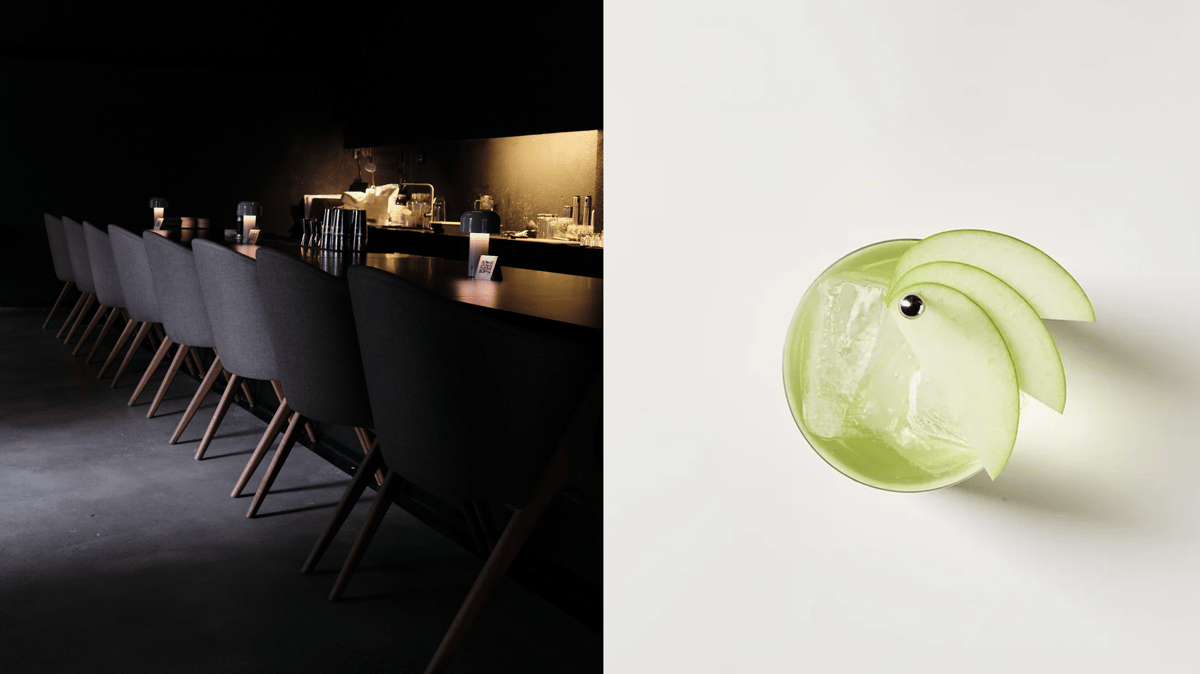
Around the corner from Rabbit Hole is the bar’s sibling venue and whisky bar Angel’s Share, which is also more than worth a visit.
Finally, one restaurant/bar I always take visiting friends or family to is Clay Saigon in Thảo Điền, which overlooks the river and serves as the perfect location to enjoy a sunset cocktail (with a compelling happy hour you shouldn’t miss).
Pubs
In comparison to Australia, pubs are (understandably) not really a thing in Vietnam. However, if you’re missing home and want a place where you can sit down and enjoy a beer with some sport on the big screen, there are a few options.
There’s an Australian-focused sports bar in District 1 called Phatty’s, which resembles a rural RSL more than it does a Surry Hills gastro pub, but it does serve cold beer and has NRL and AFL on its screens. While not as Australian-focused (you’re more likely to see the EPL than the AFL), the Rabbit Hole Irish Sports Bar in Binh Thanh has tasty counter meals, a pool table, and draft beer for $1.50.
If you enjoyed this guide to 72 hours in Ho Chi Minh City, Vietnam, make sure to check out a few of Boss Hunting’s other city guides around the world:









